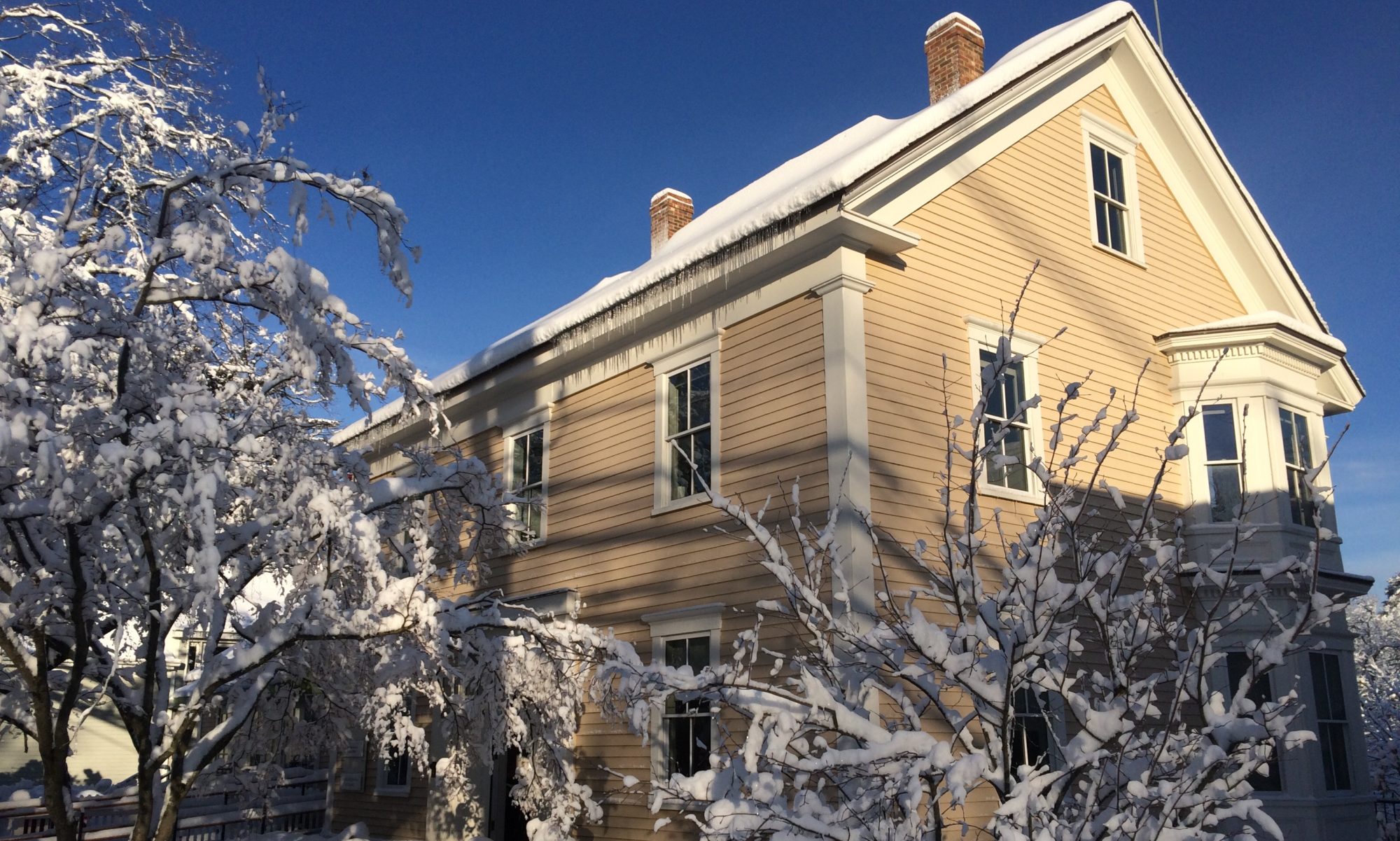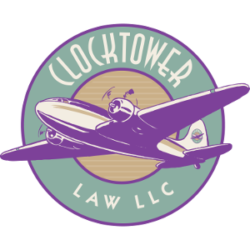35 USC 102: Patent Decoder
![]()
I made this chart for my patent law students. It is not perfect. Then again, neither is patent law. Since this may not render well as HTML, I’m also including it as a PDF:
Timing Issues in the Patent Process (Novelty & Anticipation; Statutory Bars; Interference & Priority) |
||||||
Statute |
If Invention Was |
By |
In |
Before |
Then |
Case Law |
35 U.S.C § 102(a) |
Known or Used (Publicly) |
Others |
U.S. |
Date of Invention |
No U.S. patent. |
* Gayler v. Wilder, 51 U.S. (10 How.) 477 (1850). Holding:Patent valid. "Private" use of earlier product (fire-resistant safe) by another, with the product subsequently forgotten, does not render latter (re-)invention non-novel. * Rosaire v. Baroid Sales Division, 218 F.2d 72 (5th Cir. 1955). Holding: Use of a method (of prospecting for oil) done openly and in the ordinary course of business is "public." |
35 U.S.C § 102(a) |
Patented or Published |
Others |
Any Country |
Date of Invention |
No U.S. patent. |
* See also Mahurkar(1996) in 102(g) below. * Atlas Power Company v. IRECO Incorporated, 190 F.3d 1342 (Fed. Cir. 1999). Holding: Patent invalid (anticipated) because claimed invention (of explosive compositions) was "inherent" in each prior art patent (even though key "sufficient aeration" element was not known by prior inventors). |
35 U.S.C § 102(b) |
Patented or Published |
Anybody |
Any Country |
One Year prior to U.S. Filing |
No U.S. patent. |
* In re Klopfenstein, 380 F.3d 1345 (Fed. Cir. 2004). Holding: Patent application anticipated. A "printed publication" exists (1) by a three-day display (of 8 slides) (2) to an audience of Dr. PHOSITAs (3) with no attempt made to prevent copying (4) and info could be easily be copied. |
35 U.S.C § 102(b) |
In Public Use (Except for Experimental Use) |
Anybody |
U.S. |
One Year prior to U.S. Filing |
No U.S. patent. |
* City of Elizabeth v. American Nicholson Pavement Co., 97 U.S. (7 Otto) 126 (1878). Holding: Patent valid. Public use for 6 years (of wooden pavement, by "Old Man Nicholson," cane in hand), without a sale, and without allowing others to make or use the invention, is "experimental use" not "public use." * Egbert v. Lippmann, 104 U.S. 333 (1882). Holding: Patent invalid because use by one person (of corset springs), without restriction or limitation, 11 years before critical date is "public." * Lorenz v. Colgate-Palmolive-Peet Co., 167 F.2d 423 (3d. Cir. 1948). Holding: Patent (for making soap) invalid due to prior third-party public use. Note: Inventor abandoned first patent application, Colgate "pirated" invention, inventor filed second patent application. * Lisle Corp. v. A.J. Manufacturing Co., 398 F.3d 1306 (Fed. Cir. 2005-02-11). Holding: JMOL finding patent not invalid (and finding no "public use") affirmed. Use (of automobile tie rod tool) for 2.5 years is "experimental use" even absent MNDA when inventor has "prior working relationships" with prototype testers, contacts them every 2-4 weeks (sufficient control). Defendant has burden of proving invalidity by clear and convincing evidence. * Electromotive Division of General Motors Corp. v. Transportation Systems Division of General Electric Co., 417 F.3d 1203 (Fed. Cir. 2005-07-28). Holding: Patent invalid. Use (of bearings for locomotive engines) is public because (1) control and (2) customer awareness must exist to prove "experimental use." * Motionless Keyboard Co. v. Microsoft Corp., 486 F.3d 1376 (Fed. Cir. 2007). Holding: No SJ. A one-time test (of an ergonomic keyboard) plus an NDA plus no continued use is not "public" use. |
35 U.S.C § 102(b) |
On Sale |
Anybody |
U.S. |
One Year prior to U.S. Filing |
No U.S. patent. |
* Evans Cooling Systems, Inc. v. General Motors Corp., 125 F.3d 1448 (Fed. Cir. 1997). Holding: Patent (for auto cooling system) invalid due to "on sale" bar, even though defendant may have stolen the idea. * Pfaff v. Wells Electronics, 525 U.S. 55 (1998). Holding: Patent invalid because (1) offer plus (2) "ready for patenting" ("enabling" drawings of computer chip socket) equals "on sale." * Space Systems/Loral, Inc. v. Lockheed Martin Corp., 271 F.3d 1076 (Fed. Cir. 2001). Holding: Patent valid because not "ready for patenting" (mere conception plus non-enabling drawings followed by additional development of satellite attitude control system) at critical date. * "Experimental Use" can also disprove "ready for patenting." Allen Eng’g Corp. v. Bartell Indus. Inc., 299 F.3d 1336 (Fed. Cir. 2002). * Plumtree Software, Inc. v. Datamize, LLC, 473 F.3d 1152 (Fed. Cir. 2006). Holding: No SJ. "On sale" can be shown by (1) offer to perform patented method or (2) actually performing patent method for commercial purposes. |
35 U.S.C § 102(e) |
Filed in a Published or Issued Patent |
Another |
U.S. |
Date of Invention |
No U.S. patent. |
* Alexander Milburn Co. v. Davis-Bourbonville Co., 270 U.S. 390 (1926). Holding: Patent invalid (anticipated) because another filed it, in a patent application that matured into an issued patent, before the date of invention. Codified as 102(e)(2). *In re Hilmer (Hilmer I), 359 F.2d 859 (CCPA 1966). Holding: Patent application (in 102(g) priority/interference matter) is not anticipated by foreign patent application, because the 102(e) date is the foreign patent application’s U.S. filing date, not its 119 priority date. * American Inventors Protection Act (AIPA) of 1999 codified 102(e)(1). |
35 U.S.C § 102(g)(2) |
Inventive Activity (Made and Continuously Used) |
Another (who did not Abandon, Suppress, or Conceal it) |
U.S. |
Date of Invention |
No U.S. patent. |
* In re Hilmer (Hilmer II), 424 F.2d 1108 (CCPA 1970). Holding: Patent application (in 102(g) priority/interference matter) is not rendered obvious by foreign patent application (in combination with another reference), because the 102(g) date is the foreign patent application’s U.S. filing date, not its 119 priority date. * Griffith v. Kanamaru, 816 F.2d 624 (Fed. Cir. 1987). Holding: Abandoned. Three months of inactivity (Cornell waiting for funding and student graduation) before "reduction to practice" (of diabetes drug) by first to conceive results in priority given to second to conceive. * Mahurkar v. C.R. Bard, Inc., 79 F.3d 1572 (Fed. Cir. 1996-03-29). Holding: Patent valid and not anticipated by catalog when anticipation testimony of inventor is corroborated by third-party written evidence. Although a 102(a) novelty ("printed publication") case, Mahurkarborrows from 102(g) priority/interference jurisprudence (regarding "reasonable diligence" and "reduction to practice") to determine date of invention. * Fujikawa v. Wattanasin, 93 F.3d 1559 (Fed. Cir. 1996-08-28). Holding: Not abandoned. Three months of inactivity (unexplained) after "reduction to practice" (of cholesterol drug) by first to conceive does not give priority to second to conceive. * Thompson, S.A. v. Quixote Corp., 166 F.3d 1172 (Fed. Cir. 1999). Holding: Patent invalid (anticipated). Anticipation testimony of disinterested expert witness does not require corroboration. First CAFC case using 102(g) for anticipation instead of priority (priority/interference proceedings being its intended use). * After Thomson(in 2000 as part of the AIPA), 102(g) was split into two: 102(g)(1) for interferences, 102(g)(2) for prior art. 102(g)(2) includes so-called "secret prior art." |
Erik J. Heels is an MIT engineer; trademark, domain name, and patent lawyer; Red Sox fan; and music lover. He blogs about technology, law, baseball, and rock ‘n’ roll at erikjheels.com.



[EDITOR’S NOTE: In the summer of 2025, Clocktower Intern Mark Magyar used artificial intelligence (AI) software to shorten over 100 Clocktower articles by 17%. The shortened articles are included as comments to the original ones. And 17 is the most random number (https://www.giantpeople.com/4497.html) (https://www.clocktowerlaw.com/5919.html).]
* Chart That Explains Patent Novelty And Statutory Bars
No need to shorten by 17%